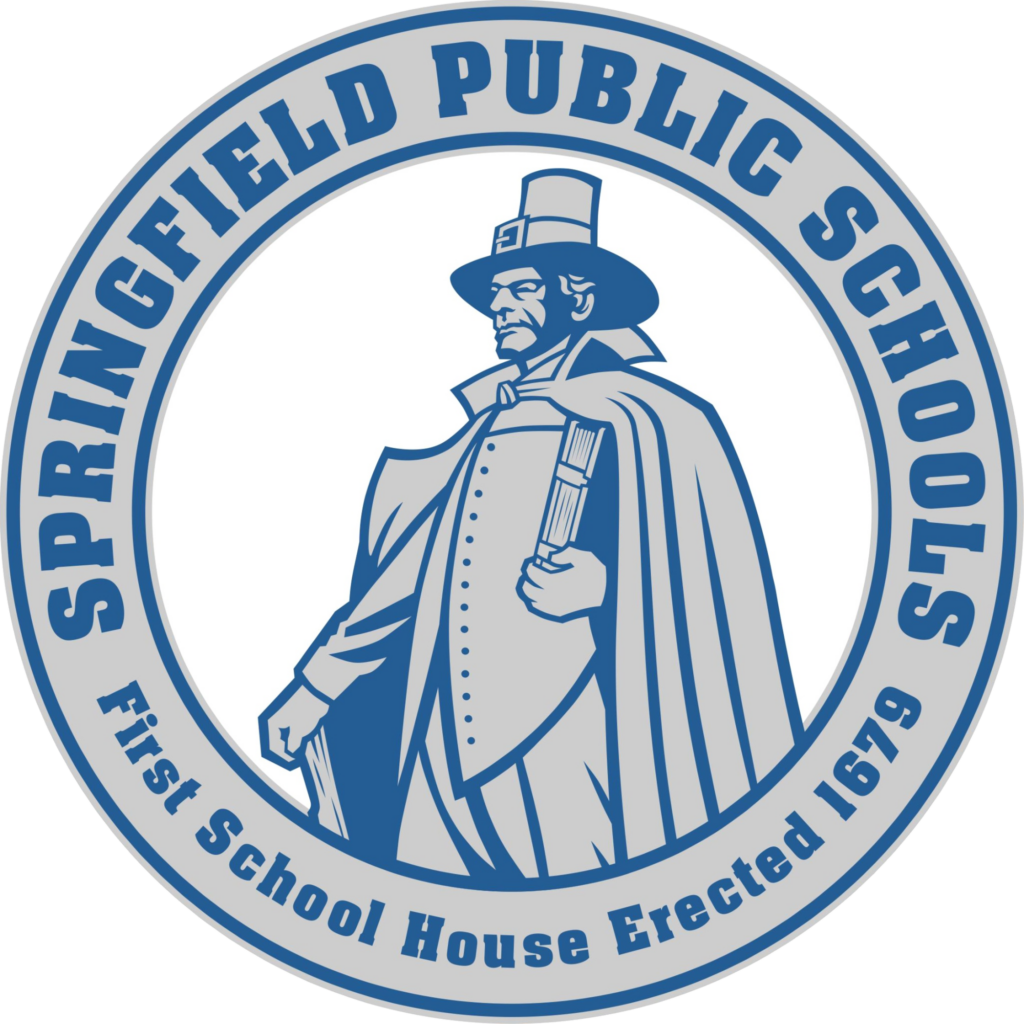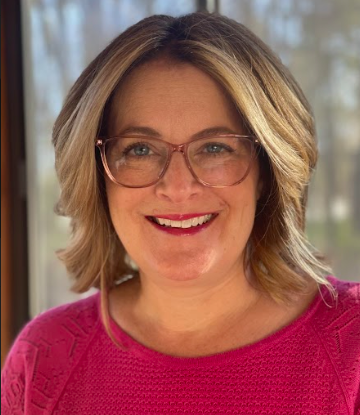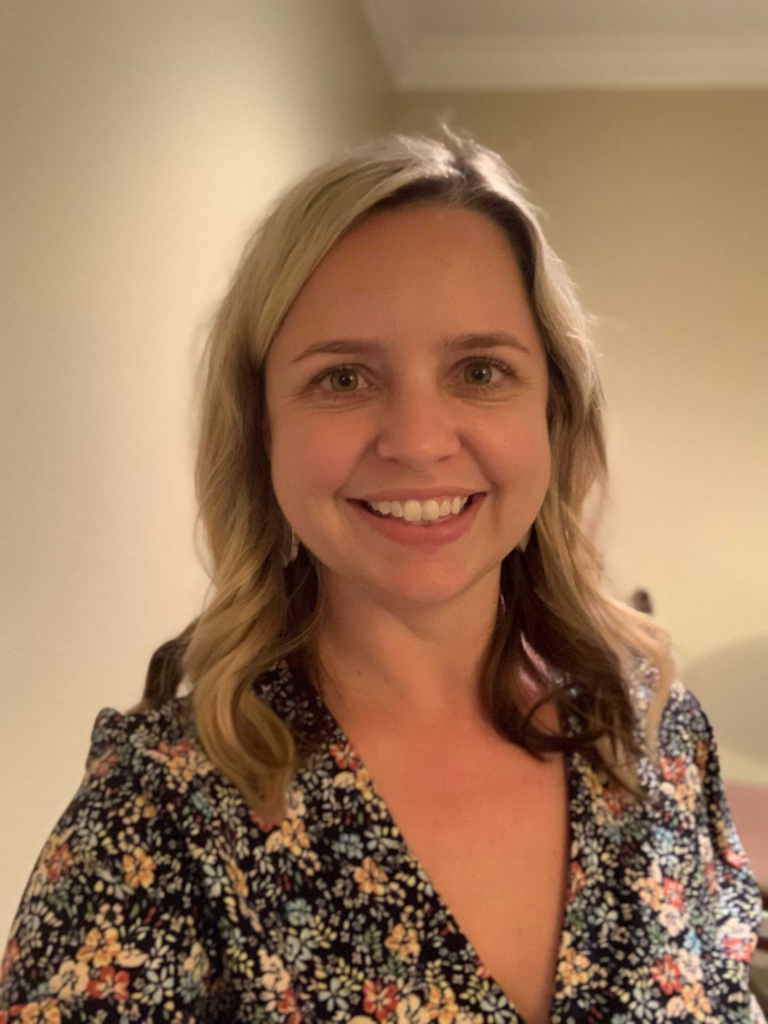
What happens when a district invests in asynchronous, personalized, curriculum-specific coaching at scale?
Massachusetts-based Springfield Public Schools made this investment, enrolling 50 educators to participate in the Winter 2022 cohort of Collaborative Coach with the goal of deepening their teachers’ knowledge of and ability to successfully implement the SIPPS program.
In this spotlight, we interview three Springfield educators: Laura Mendes, Director of Literacy, Elementary and Early Childhood Education; Michelle Keating, Instructional Leadership Specialist; and Amanda Warzyski, Interventionist.

About Collaborative Coach
Collaborative Coach is Collaborative Classroom’s personalized, interactive, asynchronous coaching experience that provides one-on-one, curriculum-specific coaching for individual teachers or coaches in a safe and supportive environment.
Interview with Laura Mendes, Director of Literacy, Elementary and Early Childhood Education

In her role as Director of Literacy, Elementary and Early Childhood Education, Laura leads the implementation of Collaborative Classroom curricula in Springfield Public Schools.
Tell us a little about your district, the students that you serve, and the Collaborative Classroom programs you currently implement.
Springfield Public Schools is in Springfield, Massachusetts. Springfield has a population of 155,000.
The school system is a somewhat large and diverse urban school district with 60 schools serving about 26,000 students. Thirty-four of those schools are elementary schools for students in PreK–5th grade.
Currently there are 41 languages spoken in the homes of our students. We currently use Being a Reader and Being a Writer in K–2, and SIPPS in K–5.
You had 50 Springfield teachers and coaches participate in Collaborative Coach in the Winter 2022 cohort. Why did you decide to make this investment?
We made the decision a year ago to move SIPPS into our Tier 1 small-group instruction for the 21/22 school year for those students reading below grade level in grades 1–5. Our data indicated far too many students needing intervention. This highlighted the need for us to improve our core instruction.
This was a huge undertaking for a large district. We needed to train all teachers of reading across those grades in SIPPS. We needed to include teachers in grades 3–5 who typically do not address foundational standards as in depth as the educators in the earlier grades do.
So many of our educators across all grades had expressed that they did not feel equipped to teach children how to read, that their teacher prep programs did not include delving into explicit and systematic approaches around phonological awareness and phonics.
It really was quite an undertaking, providing the initial professional learning before the school year started and working on schedules that supported meeting the needs of so many students.
However, our teachers and administrators rose to the occasion. No surprise there! And since then, we have seen huge buy-in and most importantly, tremendous growth in our students’ reading abilities.
A few months after we began our plan to implement SIPPS in Tier 1, I learned of Collaborative Coach. The description of Collaborative Coach really caught my eye, especially the part about the coaching being 1:1.
A few months after we began our plan to implement SIPPS in Tier 1, I learned of Collaborative Coach. The description of Collaborative Coach really caught my eye, especially the part about the coaching being 1:1.
I thought how wonderful it would be for educators to receive that specialized attention around their needs as teachers and learners. I thought about how safe they would feel, learning and growing in this approach—just like what we think about for our young students.
I also knew so many of our educators wanted to “get better” at teaching with SIPPS. I had sat in on many of our professional learning sessions for SIPPS led by Collaborative Classroom, and had heard the questions our teachers were asking. They were deeply involved in their own learning and committed to teaching their students how to read.
Most of our school-based reading coaches, known as Instructional Leadership Specialists or ILSs, were also teaching SIPPS. They wanted to grow as teachers of SIPPS and also as coaches of teachers.
I began to think about them participating in Collaborative Coach. I thought this could be a win-win. They would be growing as teachers of SIPPS, but they’d also learn how to coach teachers 1:1 in SIPPS.
What feedback did you receive from your educators about Collaborative Coach? What impact did you notice?
I was able to have 50 Springfield educators, many coaches, and some teachers, participate in Collaborative Coach this past winter.
The positive feedback I received from week one all the way through the completion of the learning was incredible.
They were all so impressed with the process and the feedback they received from their Collaborative Coaches. Individual teachers emailed me regularly to thank me and to express how much they were learning about themselves, as well as about their students and SIPPS.
I had some very seasoned coaches who have taught for a very long time tell me this was the best professional development they ever participated in. I had some very new teachers tell me that they learned more about teaching reading with Collaborative Coach than they did in their college courses.
I had some very seasoned coaches who have taught for a very long time tell me this was the best professional development they ever participated in. I had some very new teachers tell me that they learned more about teaching reading with Collaborative Coach than they did in their college courses.
When I think about the student impact, I think about how much growth all our students are making with SIPPS, but I also think about how extra fortunate those students are whose teachers participated in Collaborative Coach.
How is Collaborative Coach different from other types of professional learning in which your district has engaged?
Collaborative Coach is different from other professional learning that we have engaged in. The 1:1 approach is unique and is tailored to individual teacher needs.
We were fortunate to have Collaborative Coaches who were very familiar with our district because they had been providing Springfield’s professional learning for SIPPS for the past couple of years. They were able to personalize and make connections. They were able to draw upon relationships already made or to connect very quickly to make new relationships.
Teachers are no different from students: we all want to feel connected and have trusting relationships with those we are learning alongside. That really has been the strength of all the professional learning we’ve done through Collaborative Classroom—building relationships that empower all as learners.
Teachers are no different from students: we all want to feel connected and have trusting relationships with those we are learning alongside.
That really has been the strength of all the professional learning we’ve done through Collaborative Classroom—building relationships that empower all as learners.
Interview with Michelle Keating, Instructional Leadership Specialist

In her role as an ILS, Michelle coaches other Springfield teachers who are using SIPPS. She also teaches SIPPS to groups of students.
As a reading coach yourself, what did you notice or appreciate about the Collaborative Coach experience?
As a reading coach myself, I appreciated the Collaborative Coach experience from start to finish.
I valued the opportunity to have a personalized coaching experience as I expanded my SIPPS teaching repertoire. I was keenly aware and appreciative of the coaching moves that my coach employed during the eight-week experience, most notably, relationship building, modeling of the teaching routines/corrective feedback, and communicating strengths and areas for improvement.
My coach’s thoughtful open-ended questions started the conversation flowing about my experience in education, as well as my life outside of school. Relationship building is essential to successful coaching experiences and our mutual conversation around education was no different.
My coach was also an active listener who provided me with activities that were matched to my goals for the coaching cycle. Collaborative Coach afforded me the opportunity to be coached in a way that was not available to me when I first started teaching.
The Collaborative Coach experience validated my belief that all educators can benefit from coaching regardless of their amount of experience.
The Collaborative Coach experience validated my belief that all educators can benefit from coaching regardless of their amount of experience. Everyone can benefit from an opportunity to reflect on practice, closely read the teaching manual, and practice the routines with intention.
The coaching I received also impacted the teachers at my school; I utilized my coaching assignments with my teachers during in-school professional development.
The video that I created for my Collaborative Coach showcasing my progress with a particular routine was also beneficial for my teachers because it showed that coaching not only happens live or with video but also when we are humble and willing to learn every day.
Tell us about what you gained from the Collaborative Coach experience. How did it impact you as an educator?
Collaborative Coach made a direct impact on my teaching at the onset of my first assignment and reflection. The assigned activities caused me to reflect on my practice, set measurable goals to work on with my coach, and engage in activities to broaden my knowledge base of the intention and fidelity of SIPPS routines and corrective feedback.
My students were immediately impacted by and benefited from coaching assignments that consisted of close reading of the SIPPS teacher’s manual and strategic practicing of SIPPS routines.
My Collaborative Coach provided me with direct coaching (clear explanations, modeling of particular routines) while also engaging me with intentional options for me to discover and learn independently.
As a result of the coaching I received from Collaborative Coach, my SIPPS teaching routines and corrective feedback became clearer and leaner, which enabled my students to gain more time to apply their learning to individualized daily reading or fluency practice.
I noticed a direct correlation between results on mastery assessments prior to my coaching compared to results of assessments after I experienced coaching; my students made more progress as a result of the coaching I received.
As a result of the coaching I received from Collaborative Coach, my SIPPS teaching routines and corrective feedback became clearer and leaner, which enabled my students to gain more time to apply their learning to individualized daily reading or fluency practice… My students made more progress as a result of the coaching I received.
An indirect benefit for my students from this Collaborative Coach learning cycle was the ability to see the growth mindset in action; most people make mistakes when they are learning something new.
When I discovered that I made a mistake with a portion of the SIPPS lesson, I was honest with my students so that they could see that we learn more from our mistakes than our successes. When I demonstrated the new routine to them, this helped them learn the new routine because they knew I was trying to be better every day.
If you are looking for a process to help you as a reading coach and as an educator, Collaborative Coach is for you!
Interview with Amanda Warzyski, Interventionist

Amanda provides instruction in SIPPS Beginning, Extension, and Challenge to groups of students across the day.
How did participating in Collaborative Coach impact student achievement?
This opportunity motivated me and empowered me to excel in a trusting, supportive relationship with my coach. I grew as a reflective educator as I participated in personalized learning experiences, which enhanced my knowledge and skills.
My coach helped me improve my capacity to reflect deeper, internalize feedback, and apply my new learning on a weekly basis. I increased my effectiveness as a teacher when I refined my SIPPS instructional routines and provided the correct feedback to guide student learning.
I also fostered a safe, engaging learning environment where students were motivated to participate in our consistent learning activities. I could see how my instruction directly impacted student learning through my observations and progress monitoring.
The assignments encouraged me to explore SIPPS resources on a deeper level and understand how these components can support my instruction. This experience taught me to look ahead, which helped me anticipate where students may need additional supports.
I was able to think about ways to scaffold learning, differentiate, reteach skills, and continue to assess. As I became more comfortable with the SIPPS curriculum, I felt confident in my delivery of instruction.
What advice or insights would you share with educators who are considering Collaborative Coach?
If you are interested in revolutionizing your professional development in an asynchronous model, I recommend Collaborative Coach. You should take advantage of this unique opportunity and set personal goals for how often you would like to engage in this work over the coaching cycle.
I loved the flexibility of time I wanted to spend each week and what time of day I preferred to work on my assigned activities.
If you are interested in revolutionizing your professional development in an asynchronous model, I recommend Collaborative Coach.
My coach was very thoughtful, selecting activities based on my interests, observations, reflections, and what would support upcoming SIPPS lesson components. There was no pressure throughout the Collaborative Coach experience, and I really looked forward to receiving my coach’s feedback videos.
I encourage teachers to take risks, embrace the learning opportunities, and celebrate when growth is recognized.
Interview with Katie Fuchs, Collaborative Coach Manager, Collaborative Classroom

In this final section, Collaborative Coach Manager Katie Fuchs explains how she served as a liaison and partner for Springfield literacy leader Laura Mendes throughout the district’s Collaborative Coach learning cycle.
How did you partner with Springfield as the district had their 50 teachers participate in a Collaborative Coach learning cycle in Winter 2022?
I was excited to come alongside Laura Mendes as she purposefully planned for which Springfield teachers and coaches would participate in Collaborative Coach.
Something that we have learned is that it is essential to have educators that are willing to be reflective, are open to new learning, and want to craft a deeper understanding of the program (SIPPS) that they are teaching.
Laura and I set up check-in meetings three times across the session in which I shared trends that the other Collaborative Coaches and I noticed across the eight weeks. Through these meetings, Laura was able to keep a pulse on what the Springfield educators were working towards.
It’s essential that the trust is maintained between the coach and educator so I shared only the broad strokes, or trends, with Laura. For example, we noticed that many educators had already refined their routines and were focusing on the corrective feedback routines.
The Collaborative Coaches encouraged the educators to anticipate where students might make errors and then to read and practice the appropriate corrective feedback. They were able to model this for their Collaborative Coach in a safe environment, which helped them to be prepared when they were in the moment with their students.
What support did you provide for Springfield as their Collaborative Coach cycle of learning ended?
Laura and I also met at the end of the cycle of learning with the Springfield Instructional Leadership Specialists and shared learning trends, as well as coaching points for them to use with their teachers.
It is important to note that Springfield educators have access to everything within the Collaborative Coach tool on the Learning Portal, so they can rewatch a video from their Collaborative Coach, as well as consider how to build capacity within their school by using the coaching activities with teachers or during PLCs.
Finally, I’m happy to share a few of the survey results from Springfield educators who engaged in Collaborative Coach:
Survey results from the 50 Springfield educators who participated in Collaborative Coach:
- The coaching experience positively impacted my understanding of the SIPPS program – 95%
- The coaching experience has positively impacted my SIPPS instruction – 95%
- The coaching experience had a positive impact on student learning – 97%
- The feedback I received was insightful and relevant – 92%
* Survey questions that were left unanswered are tallied as “Not applicable.”
***
Learn more about Collaborative Coach.
Read an interview with another educator who participated in Collaborative Coach, Precious Daniels, Reading Interventionist at Literacy Now.
Read an interview with district leader Laura Mendes about Springfield’s partnership with Collaborative Classroom.
